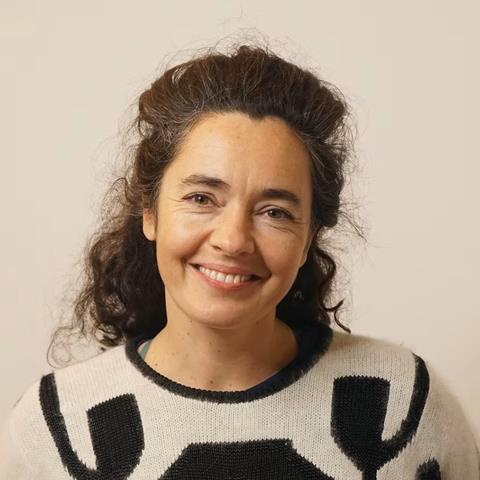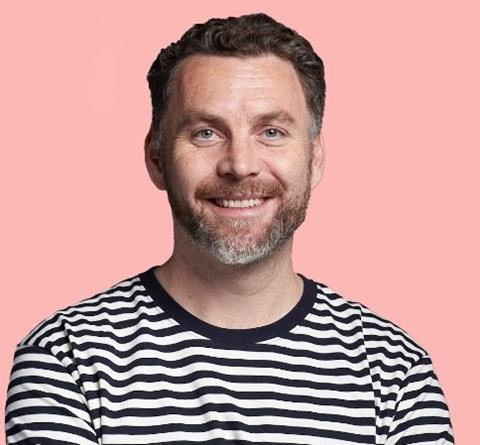Unscripted producers at Sunny Side of the Doc grapple with financing models but others talk up opportunities of Google platform
Factual producers have outlined the multi-revenue stream models allowing them to profit from YouTube but have admitted that cashflow is stifling broader adoption.
Lower-cost unscripted programming has become a major staple for the Google-owned platform, with companies such as Quintus Studios and Hat Trick-backed Strong Watch Studios generating considerable revenues from original YouTube content.
Several producers here at Sunny Side of the Doc expressed scepticism to Broadcast International about YouTube’s ability to generate meaningful revenues, but Strong Watch’s head of production and business operations Bryony Hopkins said a change of mindset is needed.

“With linear TV and broadcasting, there’s been a model that has been set up and which we’ve been working to for quite a long time,” she said, outlining the typical commissioner-led model.
“The budget is agreed, you go off and make the show, and then it’s distributed. You might get a revenue share, everyone wins – happy days.”
Part of the challenge with YouTube is maintaining cashflow between production, Hopkins added, whose company launched the People Are Deep channel last year that now has more than 70,000 subscribers.
“When you’re starting a channel on YouTube, you’re not necessarily going to see that revenue come back in terms of platform money for a few years,” she explained.
“Sometimes, it might be a year, sometimes two years, but it means you need to be outlaying those production costs off the bat. And that obviously means you need to have cash available to be able to do that.”

Lena Müller, head of acquisitions at Germany’s Quintus Studios, added that one model for producers with IP is to partner with companies such as hers to launch channels in order to speed up revenue returns.
“Nobody has ever pitched me a channel,” she said, “but if we were to start a new channel right now with sufficient content then it doesn’t even take one or two years to see the money. It’s much, much faster.”
Alex Hryniewicz, managing director of network social platforms at All3Media-owned Little Dot, admitted his model is “easier if not simpler” because he is dealing predominantly with acquired content.

The company operates more than 130 digital channels across social networks such as YouTube, Instagram and TikTok, and is aiming to have more than 160 owned-and-operated digital network channels by the end of the year.
“Most of our content is on a revenue share basis, we do pay license fees but compared with the cost of actually originating production, it’s much lower.”
However, Hryniewicz said the company’s History Hit label had moved into originals – having started out as a podcast – and said having diversified revenue streams and a multi-faceted production strategy are vital.
“YouTube is actually one of the newer revenue streams that we’ve unlocked, we started with podcast and SVoD.
“With the YouTube content, we’ve done it in a really efficient way. If we’re filming a documentary for History Hit, for example, we’ll also be recording the podcast there and we’ll be trying to get YouTube content as well.”
Hopkins added that Strong Watch Studios had employed similar techniques on their People Are Deep strand of shows.
“It’s a different way of telling a story,” she said. “We wanted to do get as much as we possibly could out of the filming day, so we did a 12-hour workday and we filmed four contributors.
“The set-up of the cameras was such that we were not just getting one episode of Deep, but we were also getting longer podcast content, which we called Deeper.
“We launched Deep on YouTube and social media platforms, then we launched Deeper on Spotify, which has now launched Spotify Creators so you can monetise that, and then we have another format called Deep on X.
“What this means is we’re getting three formats from one contributor who we’ve spent an hour and a half with.”
Hryniewicz added: “From a business point of view, it’s the diversified revenue streams and having multiple places to put the content that is really key,” with Müller telling producers that “building the ecosystem” across platforms is the “cleverest thing to do.”
And Hopkins added that despite the cashflow challenges, it remains a “really exciting time to start a channel”.
She added: “If you are in a position to start and if you do have cash to be able to start a channel…do that. The platform is really rewarding new channels for being niche - the more niche, the better.”








No comments yet